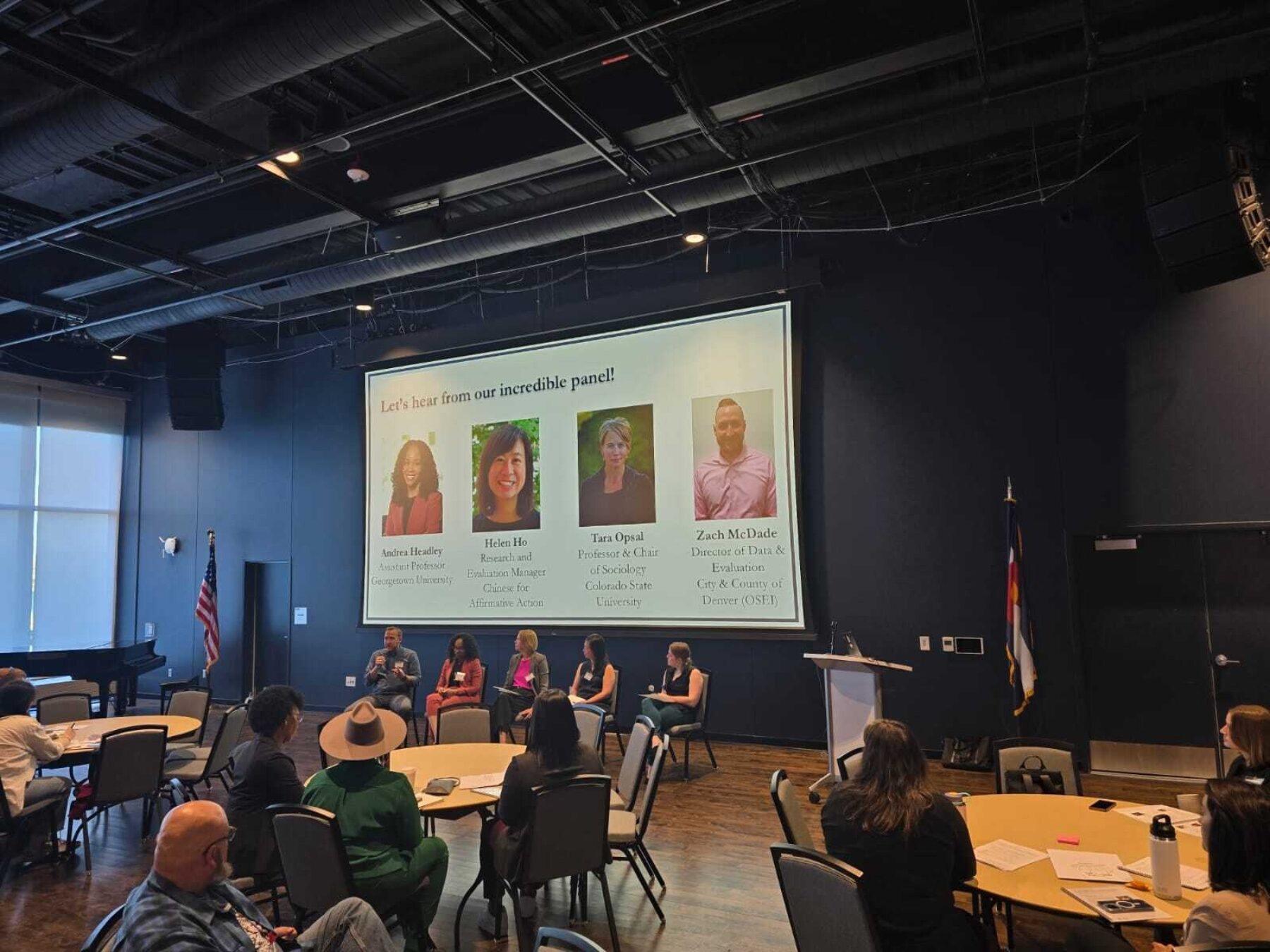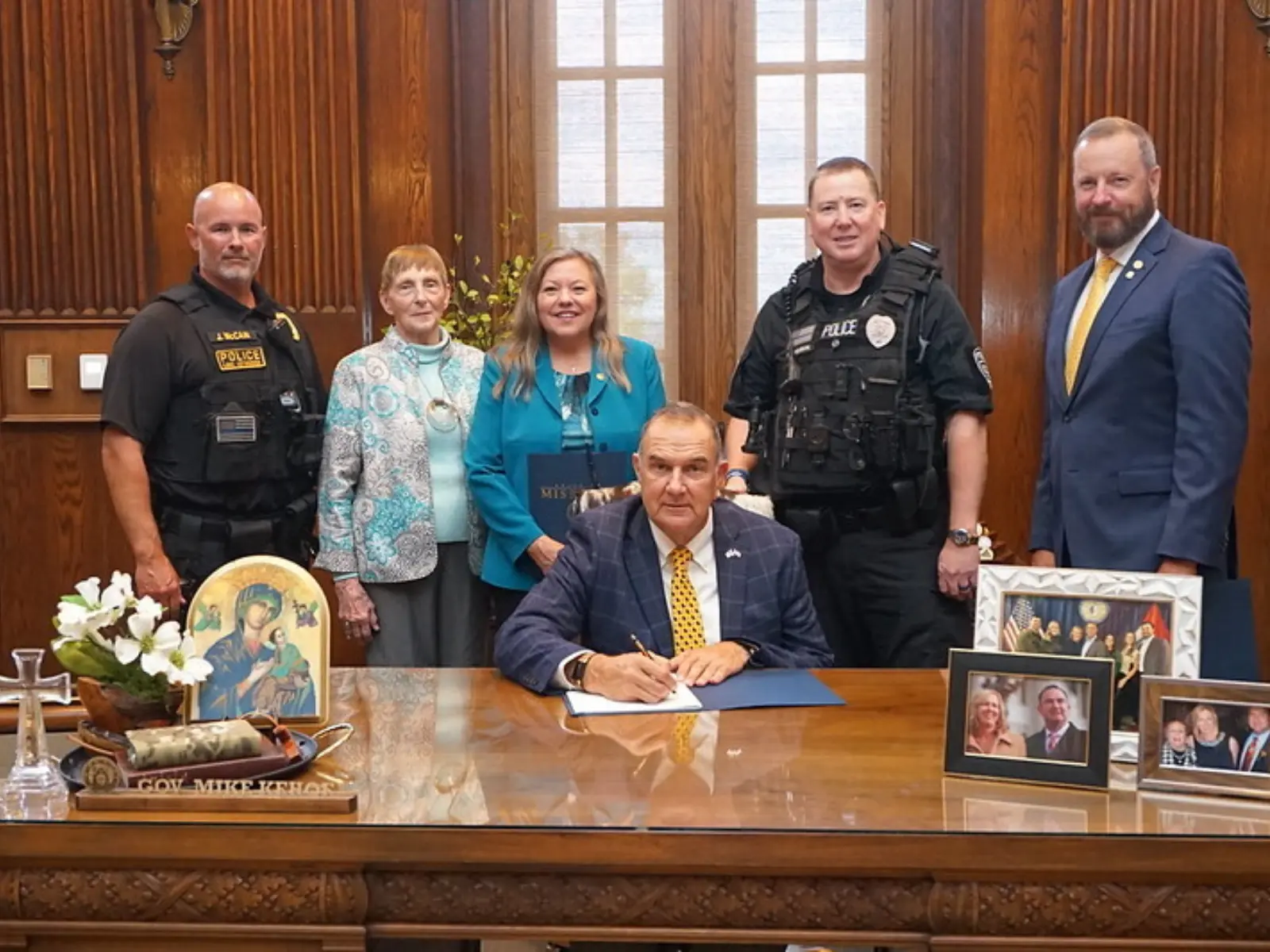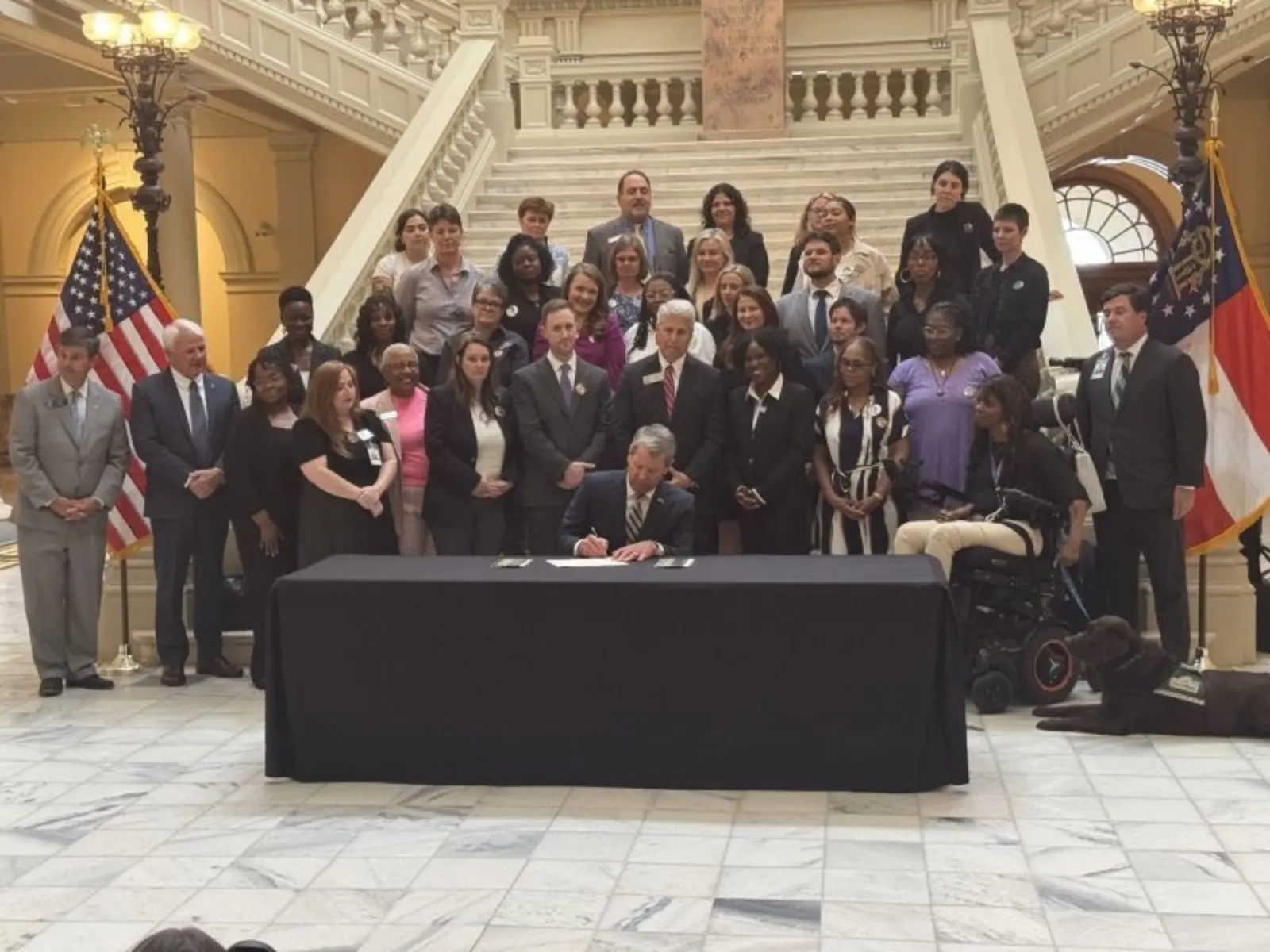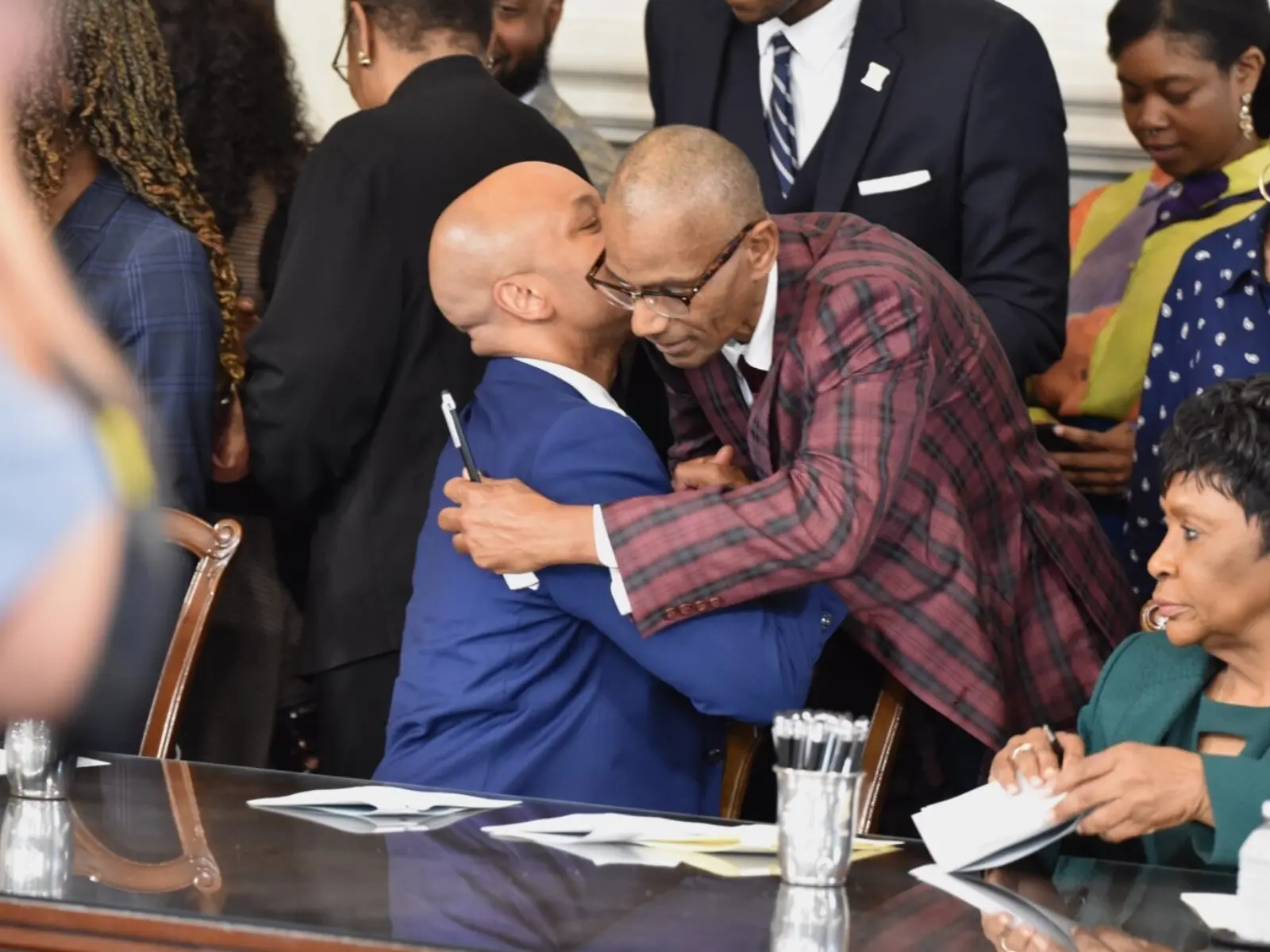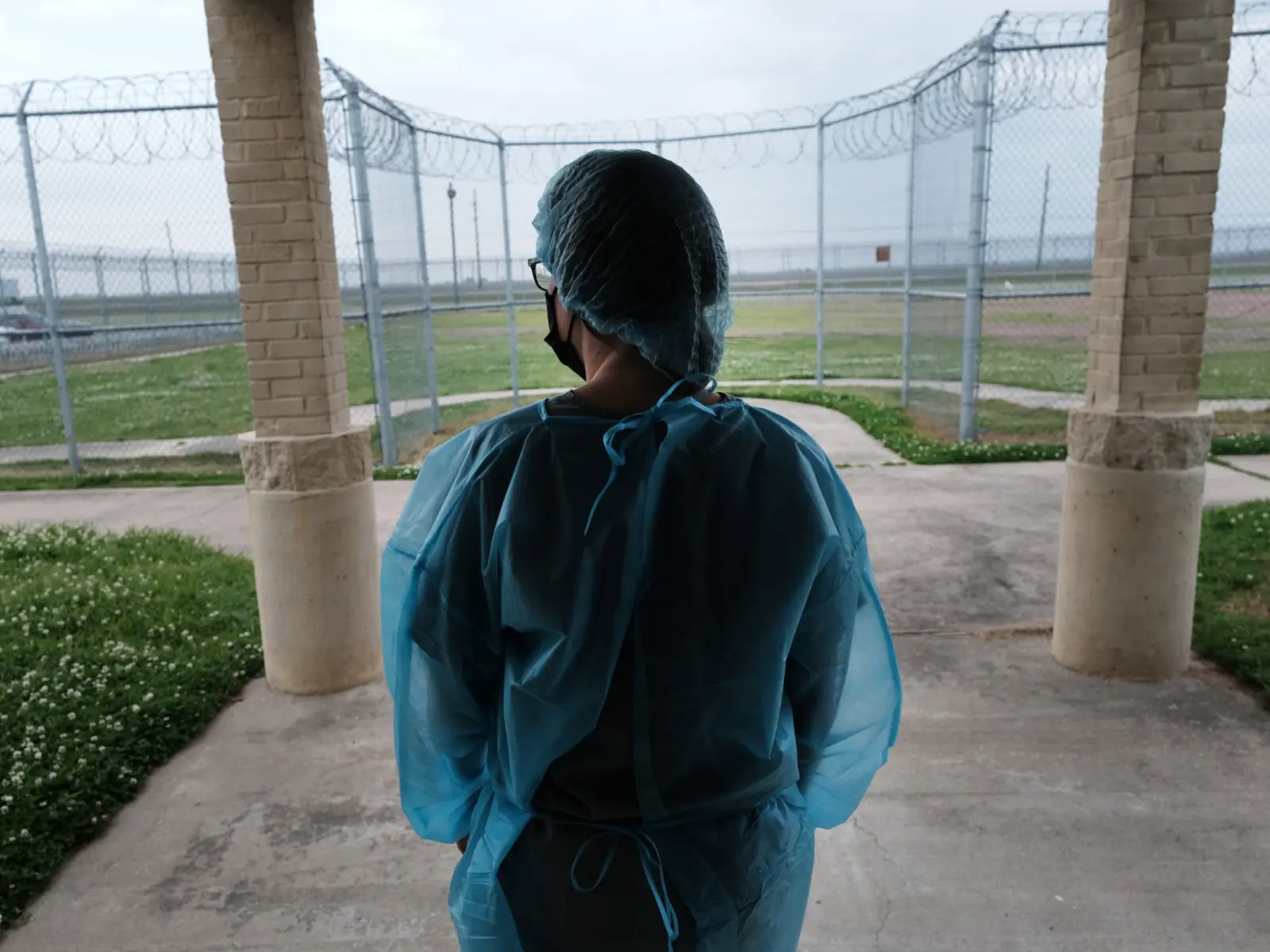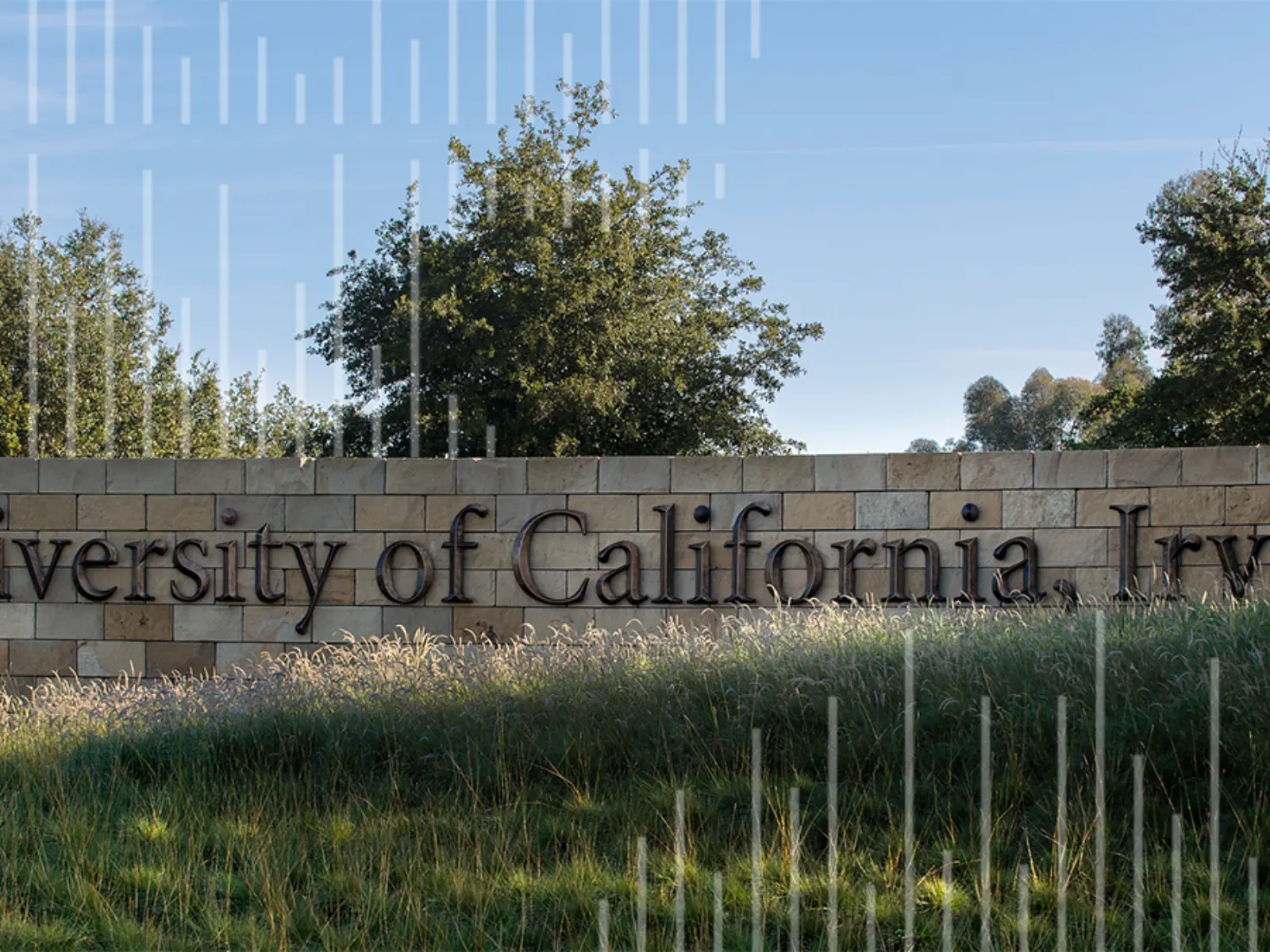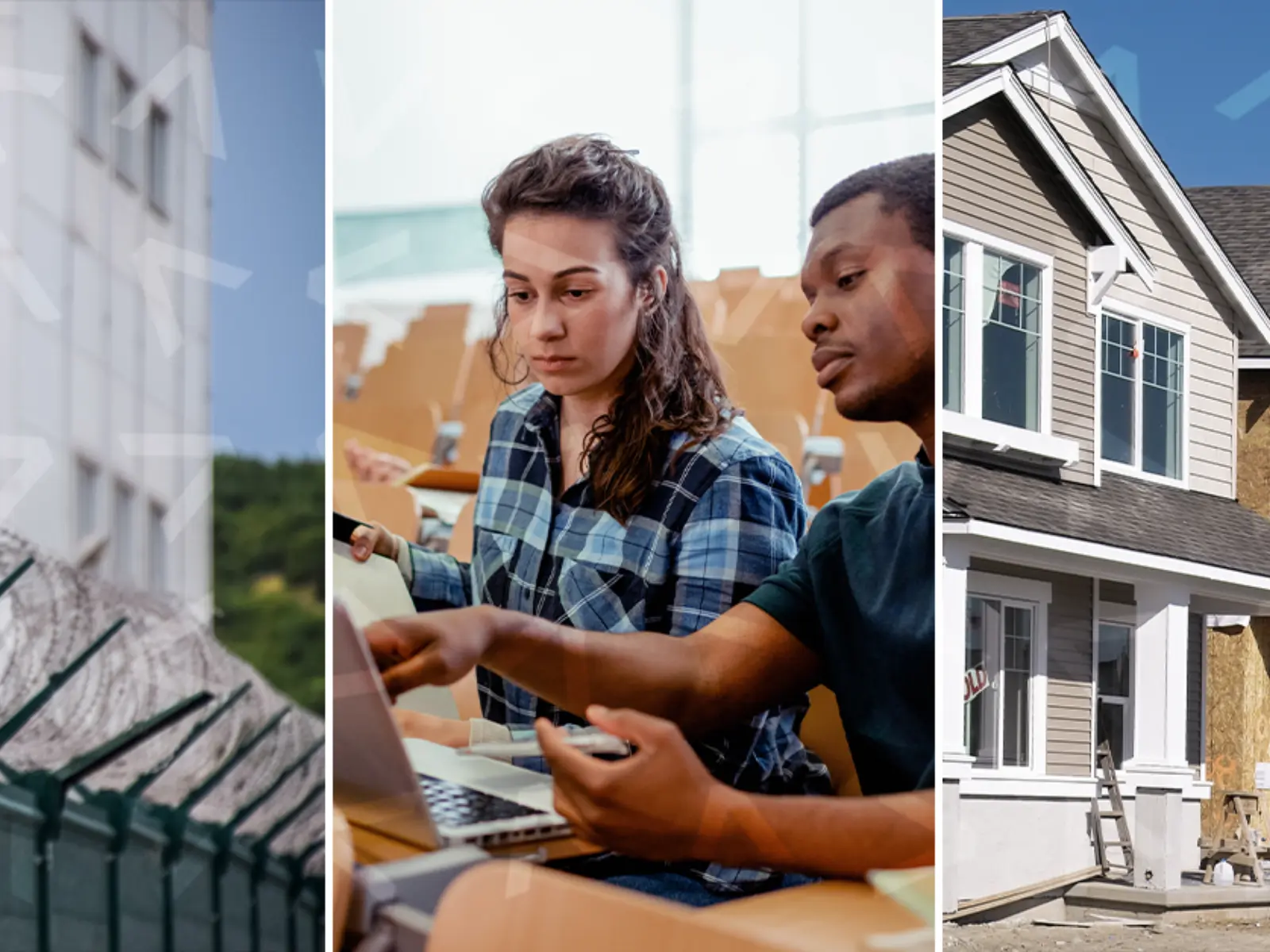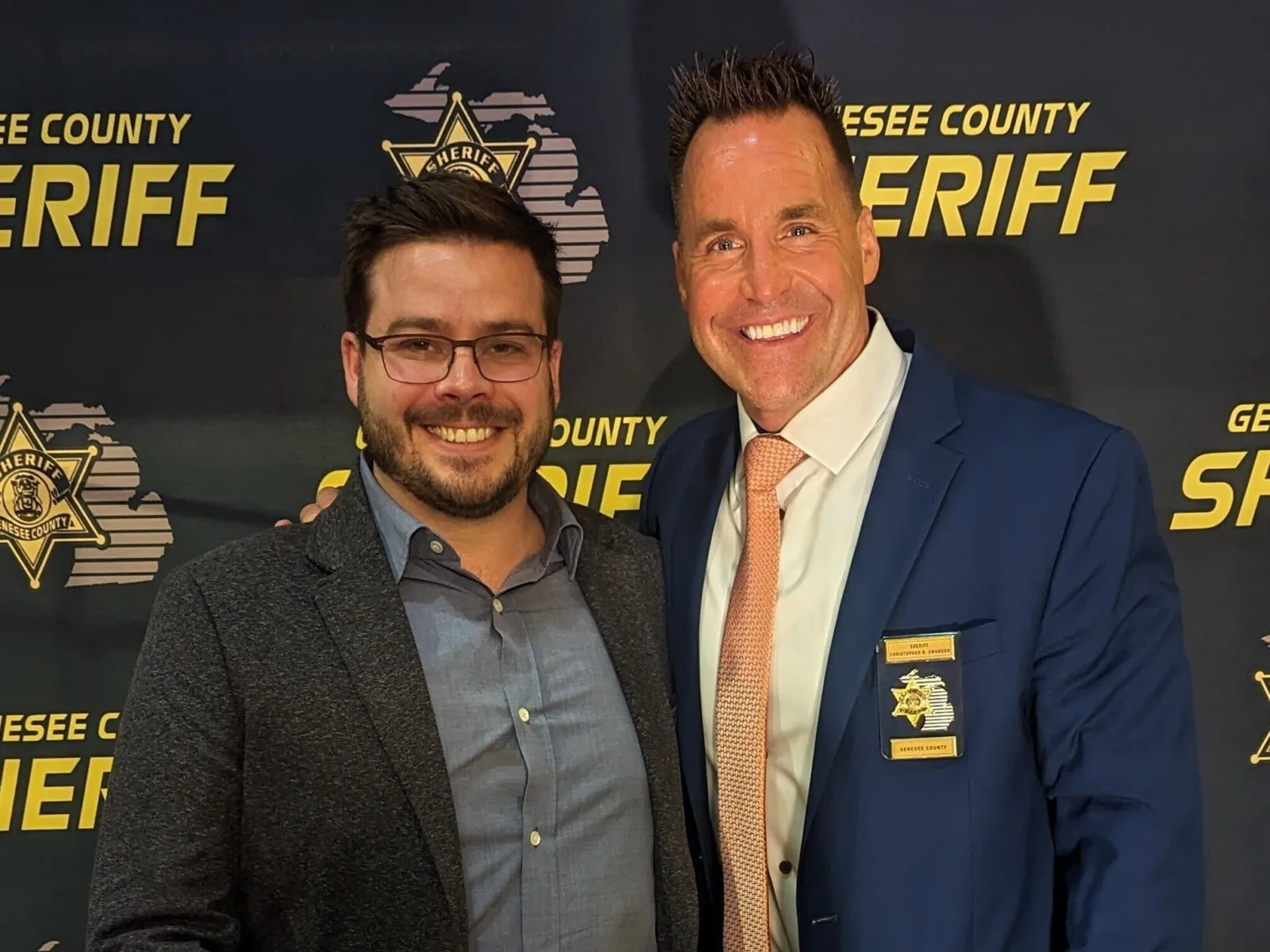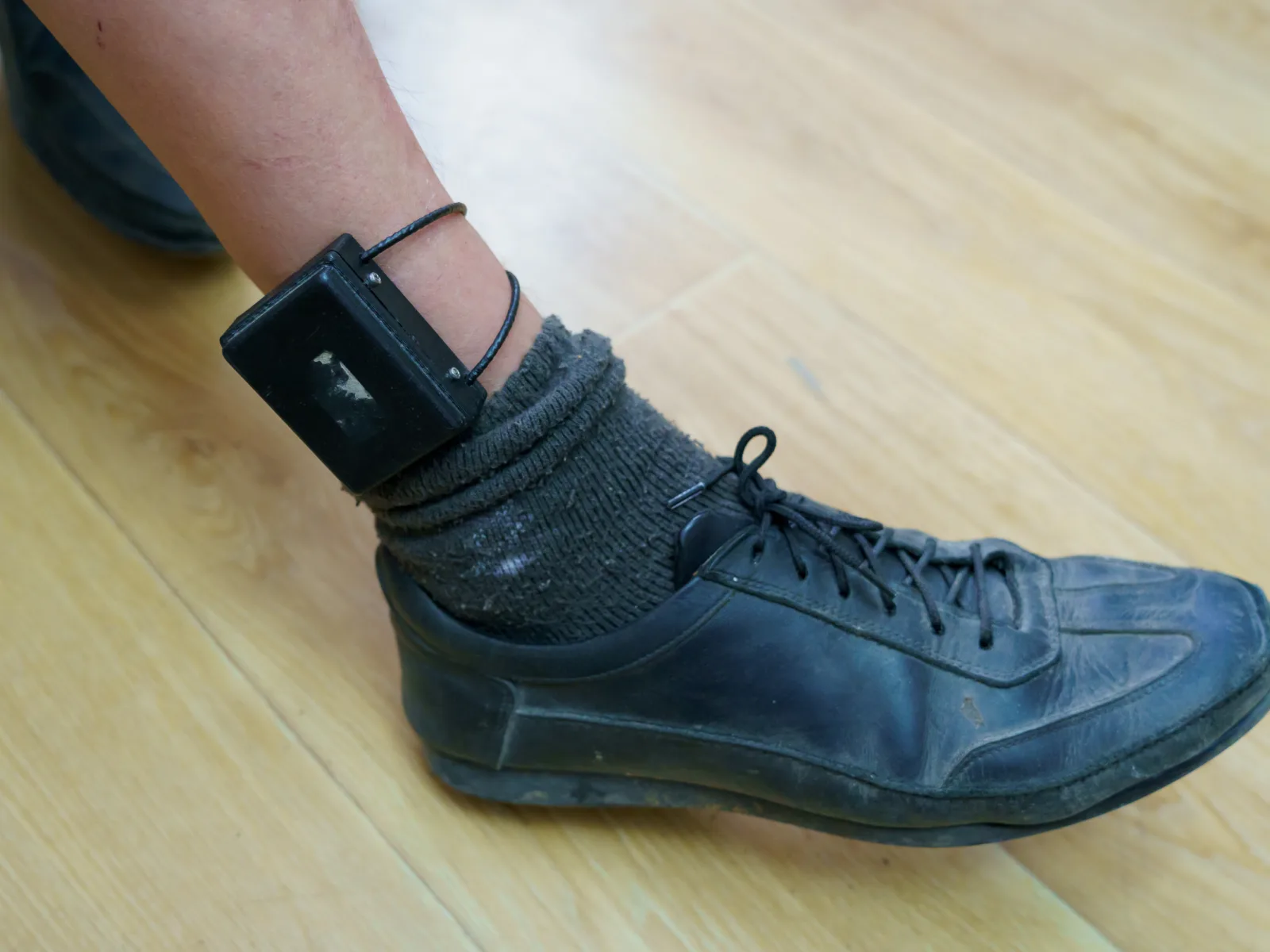Crime and disorder remain a prominent concern for policymakers and communities across the country. However, law enforcement, academic researchers, and community organizations often struggle to collaborate effectively on studies that build critical knowledge about improving public safety.
In October 2024, Colorado State University (CSU) held an “innovation day” that brought together academics and criminal justice practitioners to discuss emerging public safety programs and ways to partner on evaluating them.
The innovation day, part of a new series of events supported by Arnold Ventures (AV), considered ways to evaluate alternative safety models; include the perspectives of impacted communities; address racism; and build the data and infrastructure necessary to use a range of collaborative, community-driven research methods.
Additionally, an interdisciplinary planning team led by Jessie Harney, an assistant professor in the political science department at CSU and an affiliate and advisory board member of the upcoming Criminal Justice and Victimization Research and Resource Center, provided information about AV’s new request for proposals (RFP) to further support potential research projects related to these issues.
“Because public safety is co-produced by numerous different stakeholders, from law enforcement to community groups to public officials, connecting across disciplines and experiences is critical to uncovering and understanding impactful strategies and programs,” says Jasmine Tran, criminal justice policy manager at AV.
AV spoke with Harney about the importance of building academic-practitioner collaboration, insights gathered at the innovation day, and opportunities for further research.
This conversation has been edited for clarity.

Arnold Ventures
Tell us more about your innovation day.

Jessie Harney
We brought together practitioners and academics to talk about building connections and expanding access to collaborative research networks. On the practitioner side, there were people in the room who work directly on public safety, like city officials. We also invited people whose work is not typically considered part of public safety, like housing assistance providers and community nonprofits. On the academic side, we included researchers in economics, causal research methods, criminal justice, public health, public administration, and sociology. Our planning team — which included students Lauren Woods, Lety Madrigal, Katrina Good, Mike Myers, Jania Savage, Zoe Schuck, Abby Walker, and SarahMae Williams — spent time with the participants to talk through their research designs and answer questions about the RFP. So, it was an interdisciplinary group that focused on what the community needs to feel safe.

Arnold Ventures
Why is it important to have this kind of forum?

Jessie Harney
Historically, academics have not always centered the needs of government partners and community nonprofits when considering public safety interventions. Consequently, practitioners have sometimes had less-than-ideal experiences with academics in these studies. But there are plenty of academics who care deeply about modeling what that relationship can and should look like. So, it was valuable bringing all these people together, and an immense privilege to hear them come to better understandings about the possibilities of collaborative research around public safety. It is the responsibility of academics to make sure that they are being thoughtful in how they engage with practitioners, including both law enforcement and communities.

Arnold Ventures
What types of conversations did you have?

Jessie Harney
We started with an introductory session where we could ask questions and hear participants’ responses. Then there were two larger sessions for brainstorming. The first provided different rooms for academics and practitioners to have conversations about similar ideas and collaboration on potential policy proposals. There was an “alternative models” room, a “saliency of impacted communities” room, and a “dismantling structural racism” room. The second brainstorming session focused on addressing funding barriers. There, we had a room focused on specific barriers affecting research and how to address them, and another room on creating collaborative research networks. Then we answered questions about the RFP and research design, and at the end we made time for everyone to mingle and connect.

Arnold Ventures
What are some insights that came out of these discussions?

Jessie Harney
In general, people want more opportunities to receive training. Beyond this, some of the projects are in the early stages, so they are mostly focused on the challenges of building infrastructure and creating data sets to evaluate programs in the future. And then there are smaller nonprofits implementing thoughtful, innovative programs, and they want to scale up because they see impact, but they know that they need rigorous evaluation.
It was also interesting to talk with people whose work focuses on community well-being, like housing, who came into the day wondering if they fit into a “public safety” framework. By the end of the day, they understood why they were part of the conversation. These are spaces where we can broaden what it means to do public safety work and shift what that term means — beyond law enforcement, courts, and corrections.

Arnold Ventures
What are some of the specific research projects you discussed?

Jessie Harney
I was especially excited to hear about the projects working to build infrastructure. For example, organizations like Project DIVA International are looking to create community space and physical infrastructure dedicated to supporting intellectual extracurricular programming for young people.
Additionally, some organizations are doing thoughtful work that has implications for keeping people safe, reducing recidivism, or increasing perceptions of safety. And investing in safe and affordable housing and education can impact public safety from outside of the justice system.
There are also smaller, community-driven programs led by people with lived experience who understand what is needed to navigate reentry after incarceration. For example, the Arouet reentry program starts before release, offers tailored support including financial and employment coaching, and achieves a recidivism rate of under 2%. It was great to connect these programs with researchers who are interested in studying them.

Arnold Ventures
How could these projects benefit individuals and communities?

Jessie Harney
In my academic work, I am trying to improve the well-being of both public servants in the criminal justice system and people who are impacted by the system. When we invest in the well-being of one group, it helps the other group. For example, if we invest in the well-being of corrections officers, that can translate into improvements in the way that they protect and serve incarcerated people. When it comes to these academic-practitioner partnerships, we are investing resources in community-based programs that are innovating in response to problems that they see. Their work impacts the people in those programs and can reduce recidivism and improve public safety more broadly. Demonstrating their efficacy is important because these approaches have traditionally not received a lot of attention and resources.

Arnold Ventures
Why is it important to conduct rigorous evidence-based research when making public policy?

Jessie Harney
When we think about funding new programs, and the resource constraints that programs face, we need to understand what works. If we rigorously evaluate a program, we might find that, with slight tweaks, it could be more effective and reach more people. Or maybe we learn that a different program entirely would be better suited to community needs.

